
Interior view of oven vault after wall repairs
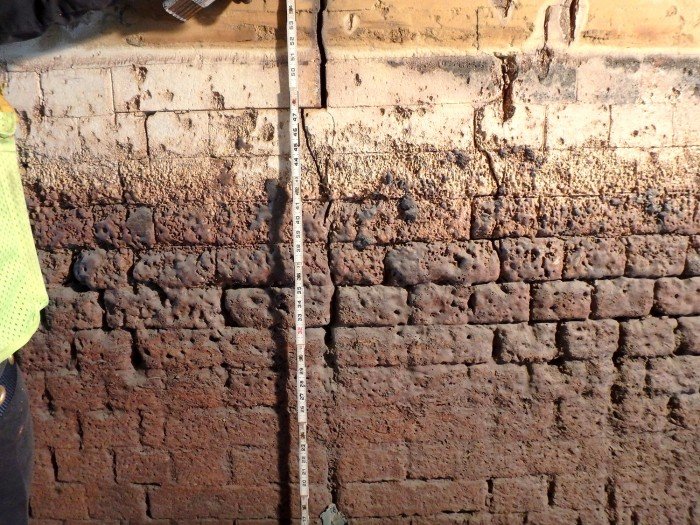
Condition of oven masonry prior to repairs

Capturing infrared images on site

View of area above ovens

Capturing infrared images on site

On site for oven investigation

General view of oven battery

View of area above ovens

General view of facilities
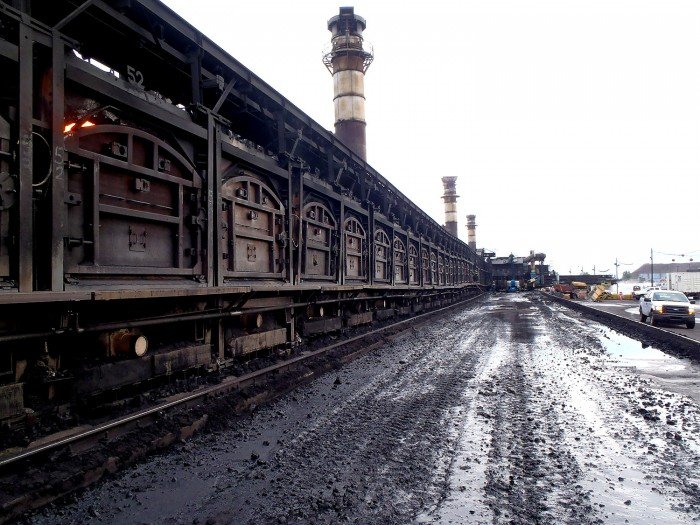
General view of oven battery

Capturing infrared images on site
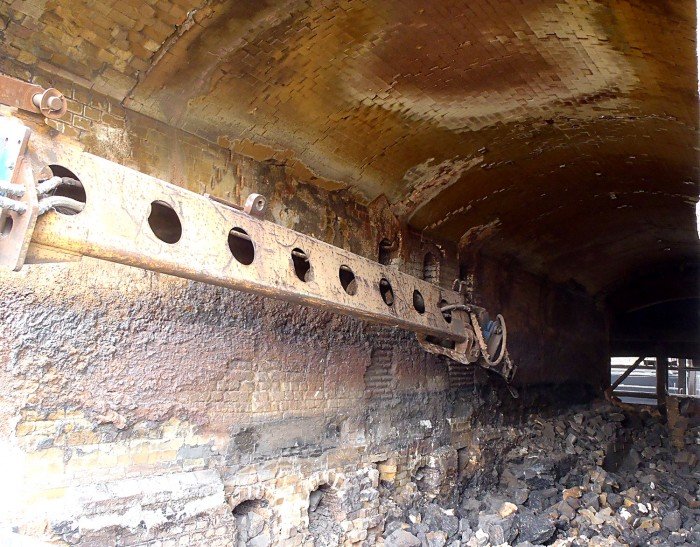
Interior view of oven vault walls during repairs

Interior view of oven vault walls during repairs

Interior view of oven vault walls during repairs

View of oven battery during repair operations

Infrared image of cracking in roof of operating oven vault

Interior view of coke oven vault walls undergoing repairs
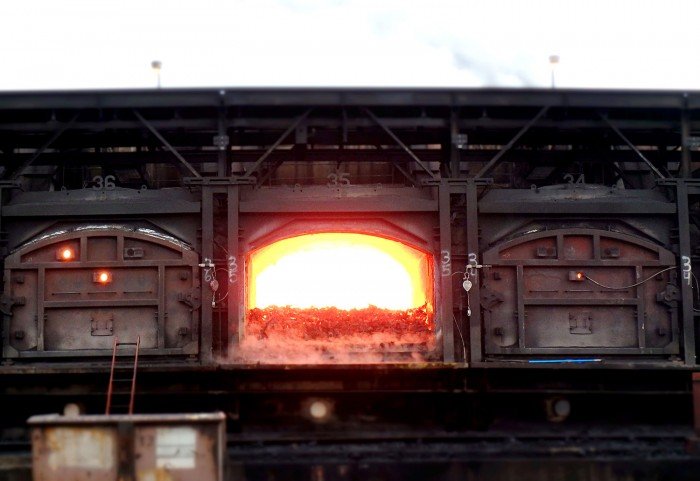
Heat emanating from coke oven in operation

General view of oven bakery
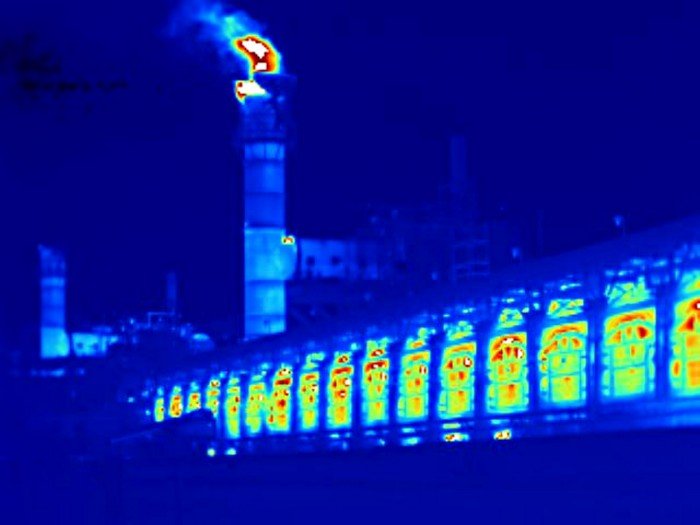
Infrared image of coke battery oven

View of site
NO BREAKS: KEEPING INDUSTRIAL FACILITIES IN SERVICE
The design and retrofit of industrial facilities can be a challenging endeavor. The challenges associated with applying fundamental engineering principles to structures exposed to extreme environments and aggressive processes typically lie outside the realm of everyday structural engineering practice. For decades, our engineers have worked on developing unique solutions and reliable repairs for industrial facilities around the United States.
One such example of Pivot’s analysis and repair work is a coke production facility located along the shores of Lake Michigan. Coke is a key ingredient in steelmaking. It is produced by heating coal in large-scale, specifically-designed ovens totemperatures exceeding 2000 degrees Fahrenheit. The facility is comprised of more than 250 coke producing ovens that sit on an area equivalent to more than twenty football fields. The plant produces more than one million tons of coke annually and its product is essential for continuous operation of a nearby steel mill.
The ovens were built using a specialty refractory brick material. The bricks were dry-stacked to form 15-ft high and 50-ft long masonry barrel vaults. The original design of the facility required the ovens to be heated during initial construction and then maintained at operating-temperature throughout their service life.
The entire plant was constructed on fill material, which has undergone significant consolidation and expansion since initial construction in the late nineties. The movements of the fill material have resulted in large amounts of differential movement within the facility. In addition, deterioration of the ovens due to the continuous exposure to extreme temperatures and aggressive operation activates significantly affected the production and efficiency of the facility.
Pivot was hired to assist in the development of a repair and rehabilitation plan that can restore operations in the deteriorated ovens. Pivot conducted field visits to evaluate the condition of the ovens and document extent of damage within the deteriorated ovens. As part of the assessment, infrared technology was used to acquire temperature profiles along the ovens. Our engineers developed three-dimensional finite element models to examine the stresses associated with the high-temperature environment and study the effect of repair activities. The model used nonlinear staged construction analyses to examine the effect of cooling the ovens to ambient temperature during planned repairs on the structural integrity of adjacent ovens. After an evaluation of the results of the analysis models and observed conditions, our engineers developed guidelines and recommendations that ensured safe and reliable implementation of the planned maintenance work.
PROJECT SERVICES:
Structural Assessment
Finite Element Modeling
Structural Repair Recommendations
Nondestructive Testing
Infrared Thermography
VIEW MORE WORK



